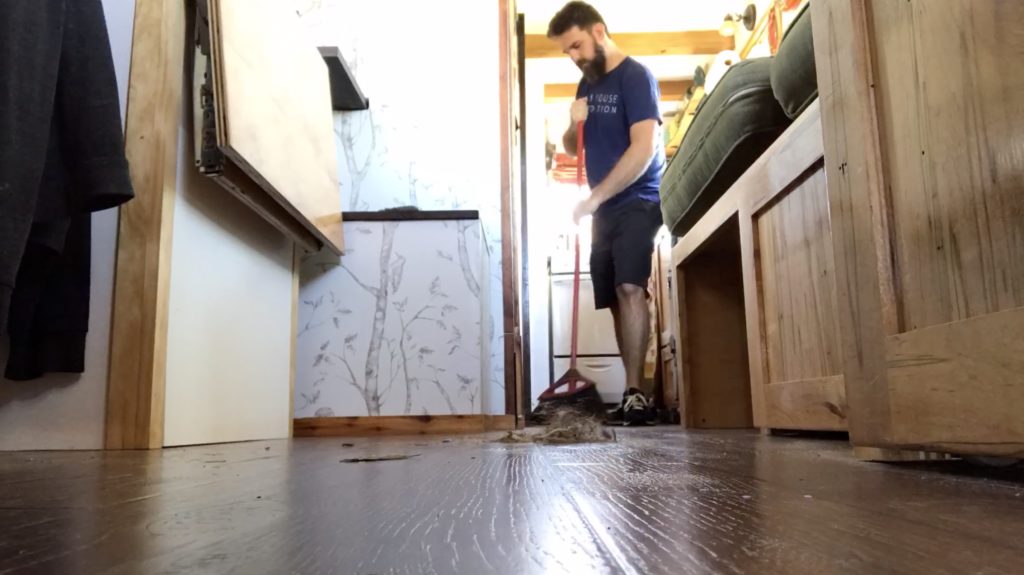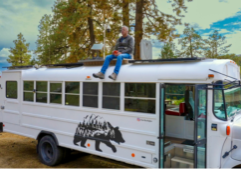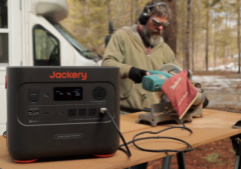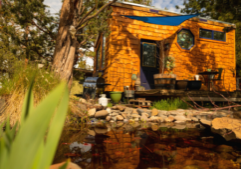
Top 5 Tiny House Maintenance Tips for New Owners
Keep Your Tiny Home in Tip Top Shape
Tiny homes continue to be the latest craze in many parts of the world. The average Google searches for tiny houses increased by 55% last year in Canada.
Millennials have particularly shown a lot of interest in these houses. Chances are, you too may be looking for a more minimalistic lifestyle. But, few people are familiar with how to maintain these houses. Tiny house maintenance is similar to regular house maintenance in some aspects. But, it’s different in others and overall less expensive.
Maintaining your tiny home will save you a lot of money in repairs. So, what should you do?
Read on for some of the best tiny house maintenance tips for new owners.

1) Clean Your Exhaust Fans
High humidity is a significant problem in tiny homes. So, many homeowners install exhaust fans to eliminate air moisture and smells. But, few remember to clean them, making them inefficient. This increases the risk of mold growth, forcing tiny homeowners to spend a lot of money on clean-up.
So, you need to clean them about every six months or at least once a year. Or, you may have to discover mold growth in parts of your house.
If you opt for more robust air quality control with an ERV (energy recovery ventilation system), it still needs maintenance. Depending on the model, the filters need to be cleaned about every three to six months. Also plan to replace them every two to three years.
2) Inspect Your Water Filters
Contrary to what some people think, tiny houses do have water filters. Additionally, for homes on wheels, the quality of your water can vary greatly depending on your parking spot. But buying water can be expensive and bulky, so many homeowners install this filtration system or RV in-line water filters.
Your water filtration system also requires regular maintenance. Depending on the model, occasional cleaning is recommended and filters need to be replaced every three to six months.
For foundation-based homes, it’s essential to call a professional to ensure that your system is working as needed. Otherwise, you may be forced to buy a new system earlier than expected.
3) Inspect Your Roof
Most homeowners wait for leaks to inspect their roofs. But, this should not be the case, especially for a tiny home. You’ll need to inspect your roof at least once a year for maximum efficiency. For tiny houses on wheels, you probably want to do this after each relocation especially if you hit a tree branch towing it yourself and to check for damage after professional towing.
A good roof will prevent water damage. It’ll also prevent your heating and cooling system from overworking. Remember that indoor and outdoor tiny house maintenance is equally important. Poor outdoor maintenance ultimately affects your indoor life.
Beginning with or upgrading to standing seam metal roofing will save you time and money in the long run. They require virtually no maintenance and will last up to 100 years! Though the one area to check up on is where penetrations occurred for things like vent pipes. Inspect the flashing around these areas to make sure no damage has occurred to could lead to a leak.
4) Ensure Fire Safety
Most tiny homes have fire safety features like regular homes. You’ll need to check whether they’re operational regularly.
It’s essential to change your fire alarm’s batteries at least twice a year. Also, ensure your fire extinguisher is accessible and functional. Don’t wait for a fire to test your equipment.
5) Winterizing
Tiny houses on wheels need annual winterizing maintenance to keep your home functional throughout the winter. Not surprisingly, the build phase is when cold weather prep begins. With proper trailer and floor insulation, for example, skirting is not a necessity. But it can still help with a little extra energy efficiency. So, you won't overuse your heating system when it’s chilly.
Skirting can act as a shield against cold air coming through the floor. It can also protect pipes from freezing. So, you won’t be forced to deal with frozen ones or have to replace them ever so often.
Good news: skirting is quite easy as a DIY project. Look for instructional videos online for different materials options and install help.
Tiny House Maintenance Will Save You Money
Following these tiny house maintenance tips will reduce your spending in the long run. You’ll identify minor issues before they become too expensive to fix. Conducting regular inspections may be tiresome. But, it’ll all be worthwhile in the long run.
Have you enjoyed this article? If so, browse our site for quality tiny house education, exploration, and storytelling content.











